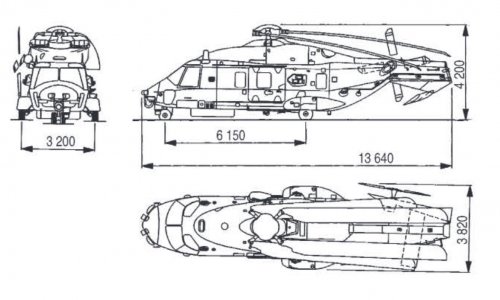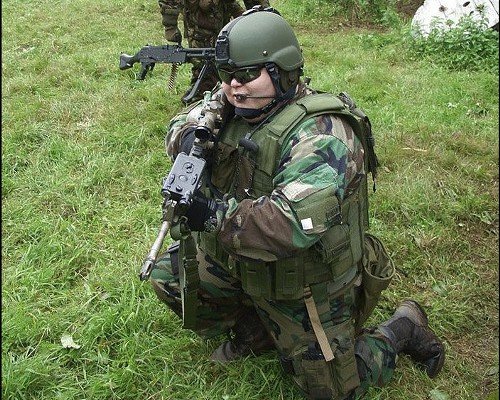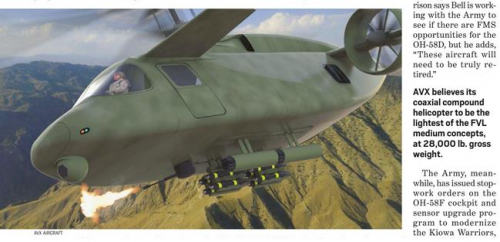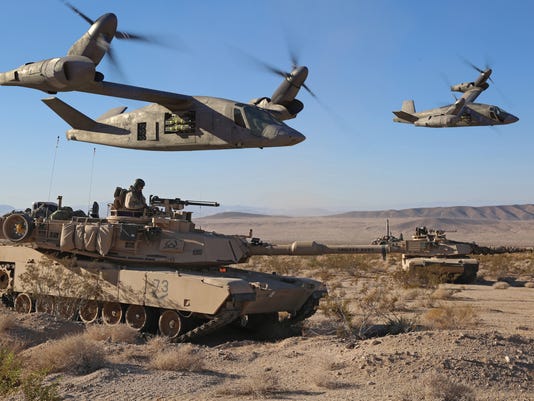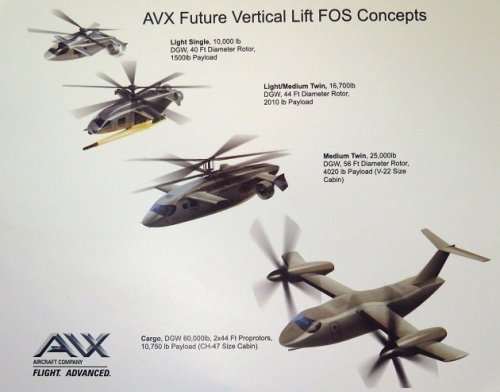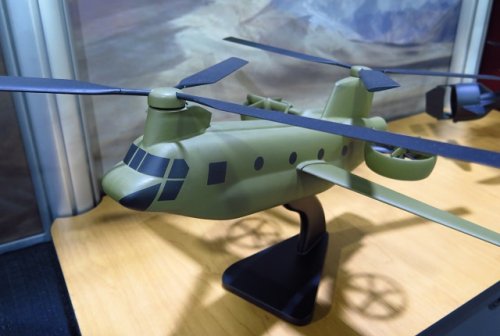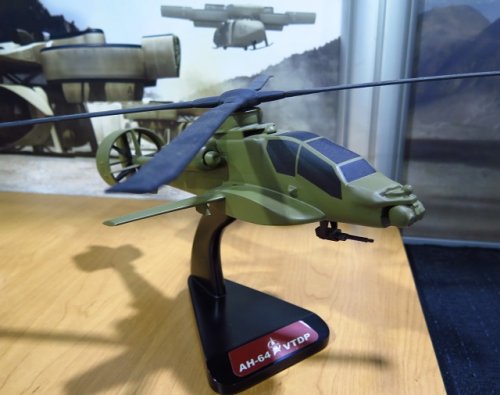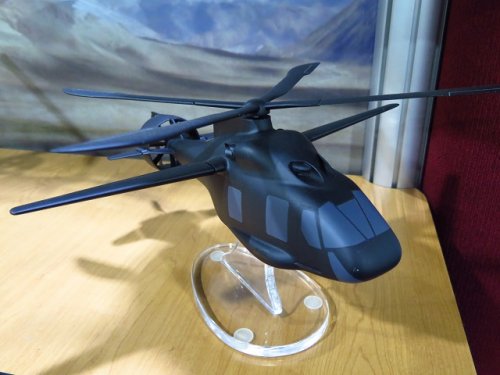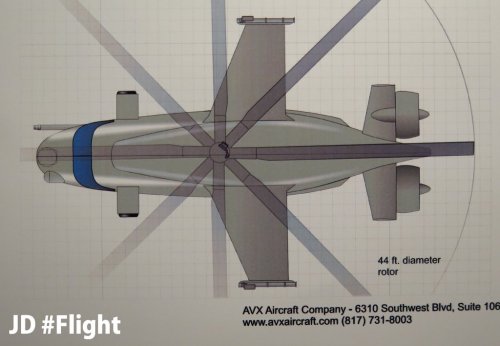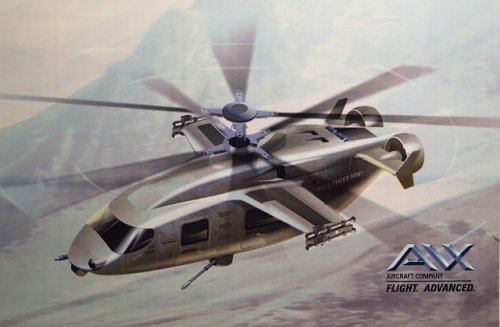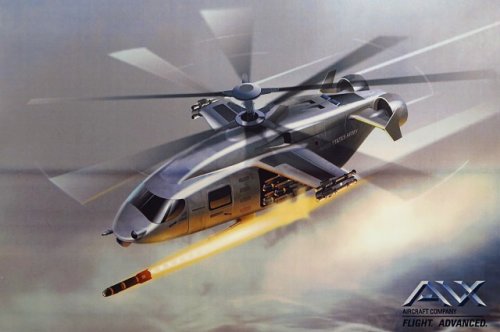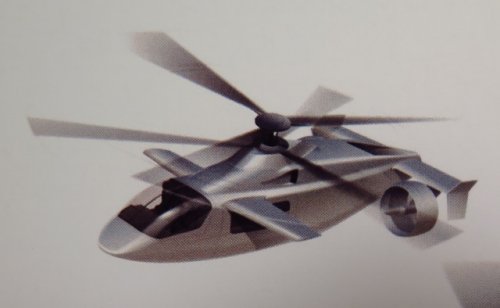A set of mid-life updates to the US Navy’s MH-60R Seahawk helicopter will likely appear in the Future Vertical Lift rotorcraft, along with the service’s next MH-XX maritime helicopter, according to the H-60 programme manager.
In order to keep the MH-60 relevant through the 2030s and even 2040s, the Navy is planning a series of upgrades that will migrate new avionics and mission systems onto the existing aircraft. The service will implement HOST (Hardware Open Systems Technology) and the Future Airborne Capability Environment (FACE) standards, an open architecture initiative led by the navy that supports the integration of off-the-shelf hardware and common software across aviation platforms.
Those upgrades would begin in 2025 and continue over the next decade, and then migrate into the Navy’s next generation helicopter, Capt Craig Grubb told reporters 3 April at the annual Sea Air Space conference outside Washington.
“Hopefully [we’ll] migrate as either a risk reduction to whatever comes next from an air vehicle standpoint,” Grubb says.
The modifications would come at the same time as the service’s planned service life extension programme for the MH-60 and the open architecture capabilities wouldn’t require redevelopment for the FVL or MH-XX, he adds.
Apart from avionics, the next-generation helicopter may closely resemble the legacy MH-60. Whatever comes next for the Navy must fit into a destroyer’s hangar, creating some unique requirements for the service’s follow-on helicopter, Grubb says. The service hasn’t thrown out the idea of a tiltrotor aircraft, but is steadfast on the destroyer requirement.
“It will be a similar size, similar shape-ish, at least from a fuselage standpoint [and], likely, how it’s propelled, to be determined based on FVL or what we call MH-XX,” he says. “We’ll look at what that FVL might look like for a H-60 follow on.”

